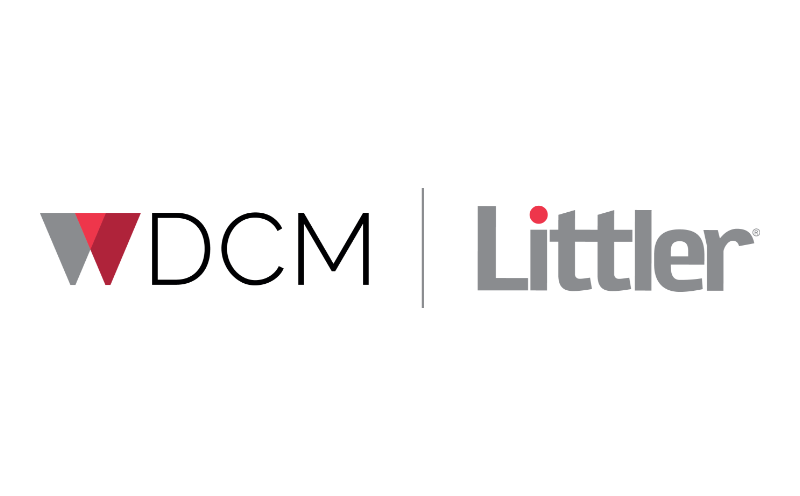Launch of the WhistleB whistleblowing handbook for business leaders and boards
This month sees the launch of a new whistleblowing handbook for business leaders and boards: The ABC guide for establishing a whistleblowing solution that increases customer and employee satisfaction. The whistleblowing handbook gives business leaders and boards practical guidance for setting up and running a whistleblowing solution correctly and effectively. A service that supports sustainable profit and enhances customer trust.
In this interview, co-authors and co-founders of WhistleB, Gunilla Hadders and Karin Henriksson, share some of their key insights from the whistleblowing handbook that business leaders and board members can benefit from.
The handbook comes as a new EU directive implies a massive change in the market; all companies in Europe with more than 50 employees will need to implement a whistleblowing system. This handbook provides simple and practical advice for a secure, positive roll-out. But how do boards and business leaders ensure that the channel gets used, that they really get those critical reports in?
“My best advice is to be clear about the purpose of the whistleblowing solution, why is it so vital. Communicate the importance of doing the right thing, also from a business perspective. It is essential to set the right tone at the top to create trust in the whistleblowing system. This is fundamental for receiving those reports that are critical for your business. And don’t forget to make the system as accessible, available and as simple as possible to report,” says Gunilla Hadders.
“Yes, and be clear on how a whistleblower can be anonymous and that whistleblowers who are open with their identity do not risk any negative consequences,” Karin Henriksson continues. “Knowing that the whistleblowing system is secure, and that the process is well thought through, is vital for receiving business-critical reports”.
We have all read in the media about incidents that have become public news, despite the companies in question having a whistleblowing system in place. What are your thoughts on this?
“It goes back to the trust issue. Your people should trust the system, and the process of handling the reports. We have seen that assigning a qualified team to receive reports is key. Your team should be made up of professionals; individuals with great integrity, trust, and the skills to manage very sensitive cases. As a rule of thumb, keep the team tight but include different competences. Having a range of roles strengthens the integrity of the team,” says Karin Henriksson. “And we can’t stress enough the importance of secure management of sensitive information. Security should never be under-estimated.”
“Digitalisation is another key aspect,” adds Gunilla Hadders. “A digital whistleblowing system significantly reduces information security risks. Importantly, risks are minimised when data exists in the digital whistleblowing solution throughout the entire case management process and does not sit in any one person’s in-box or computer. There is a further advantage to using a digitally enabled reporting and case management system. The structure and automated processes support security and reduce the latency time for handling a report, making the process more efficient.”
In the whistleblowing handbook you describe the value from a market perspective. You say that a whistleblowing solution enhances the company’s sustainability profile and strengthens employee and customer trust. These are positive outcomes that companies perhaps don’t always consider in the context of whistleblowing. What is your experience here?
“First and foremost, companies minimise their business risks as the whistleblowing solution has a preventive effect. And if an incident does occur, the company can act quickly. But it is also true that trust in a company can grow when the board can clearly demonstrate measures taken for sustainable and ethical business. This has a positive impact on both customer and employee satisfaction,” says Gunilla Hadders.
“But it requires you to communicate about the whistleblowing solution. Communicate your commitment to doing the right thing. Once you have the whistleblowing solution in place let your customers know. Your customers are in the same position as you – they need to ensure their value chain works in a sustainable manner,” adds Gunilla Hadders.
“Last but not least, it is essential that the board is engaged and receives the results. Analyse results and ensure continuous monitoring by the board. Your whistleblowing system can thus support you in gaining critical information about your organisation. In addition to alerts on serious incidents that you need to manage immediately, your whistleblowing system provides an efficient health-check,” concludes Karin Henriksson.
Download the e-book or order a hard copy for example on Amazon or Bokus


